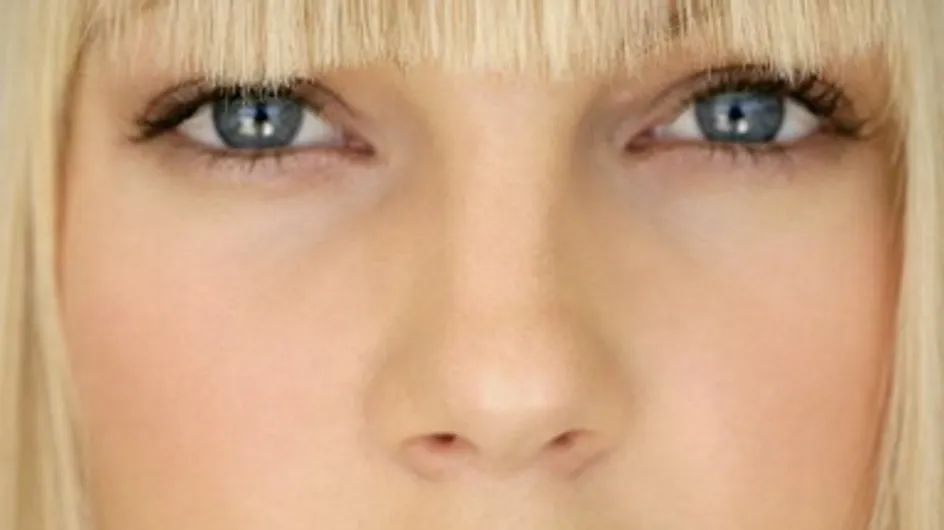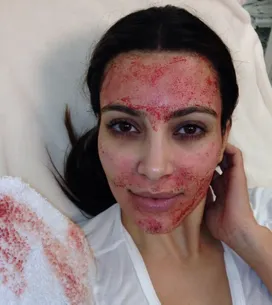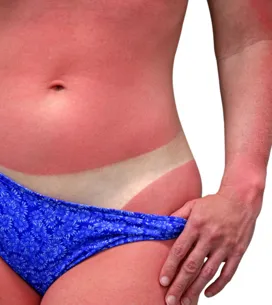Do fringes suit everyone?
There are so many types of fringe that you can always find one to suit your face shape. Even very short styles can be cut with a fringe. You do need to get the right fringe for your hair type, though - a straight fringe is never going to be easy if you have naturally wavy hair!
Curly hair
Curly hair can be cut in a fringe, but bear in mind you'll have to work hard to maintain it if you don't want a mass of frizz across your forehead.
Parting
Hairdressers often cut quickly, without taking the direction of hair growth into account. It's very important to take into account which way the hair grows and where your parting is before you ask for a fringe. Cut your fringe in the direction of your parting, otherwise you'll end up going against your hair's natural growth.
How do you cut your own fringe?
If you don’t have any particular issues with your hair type or the direction of growth, you could attempt to cut your own fringe, but take care! There are still some tips to follow if you don't want to make mistakes.A well known technique involves cutting your hair damp with the lengths in a pony tail (cut everything that you can't tie up). Create a fringe all the way around your face and adjust the lengths afterwards.
Some hairdressers advise cutting a fringe into dry hair. The only condition is that your hair has to be straight and styled in your usual style, so that you can get it right. Always use professional scissors, which are sharper and allow you to cut in several directions rather than just one. This will help you to fray your fringe until you get the right result.
Different types of fringes
Thick, straight, long fringes should be bushy, well defined and often need trimming. A side parting makes this fringe discreet and easy to wear. You can alternate sides to change your look.
Layered fringes fall straight on the forehead but are fine, light and easy to change.
Short fringes are a very strong trend. These only cover about a third of the forehead and give a mischievous pixie look.













